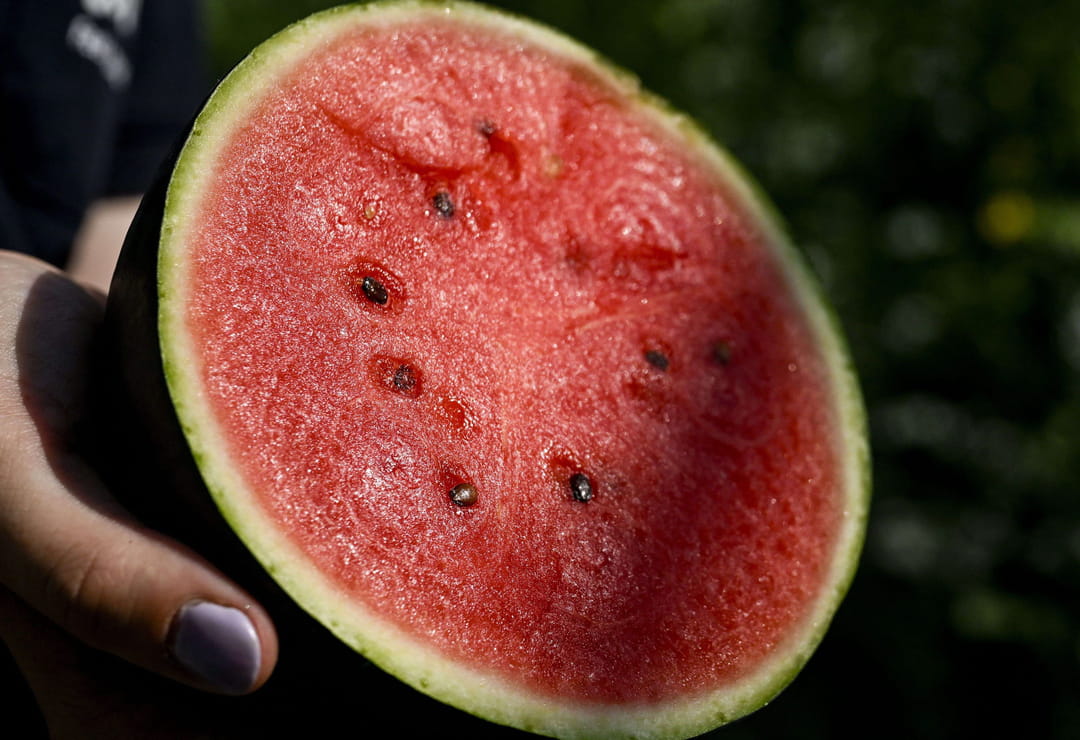This is the ideal tip for choosing your watermelon: the “two-finger” rule is little known, but it is reputed to be infallible.
Once in the fruit and vegetable section of the supermarket, consumers are full of tricks to find the perfect fruit. There are those who remove a grape from its bunch to taste it and attest to its freshness, those who smell the melons to find the sweetest one and those who try to remove the leaves from a pineapple to see if it is ripe. It must be said that in these large stores, there are no market gardeners ready to praise the quality of their products, even if it means having several customers taste them.
During the summer season, watermelon, the number one fruit of the summer, is no exception to the rule. What is worse than buying a watermelon, which at first glance looks juicy and you imagine is full of good sugar, to cut off a piece and discover a pale, floury fruit that tastes more like water than sugar? To avoid this, some have their tricks: observe the colored area below the watermelon or see if it is heavy, because if a watermelon has a large yellow-orange area, it is because it has normally had time to ripen.

Similarly, if it is heavy, it means that the fruit must have a high water content and that it will be juicy, but it must still be weighed. Another tip is to tap it to see if a dull sound escapes. Although at first glance this is not obvious, watermelon turns out to be a fragile product that does not like shocks, so some tips consist of analyzing the skin of the fruit. Apart from the presence of a yellow spot, a ripe watermelon does not shine, its appearance is rather matte and it does not show any traces of shocks.
As many methods that do not always bear fruit while a rule, considered infallible by connoisseurs, exists and requires only two fingers. No need to have a lot of strength, or a good ear, just place two of your fingers on one of the dark green stripes of the watermelon and see if they do not overflow onto the lighter parts that surround them. If they overflow and therefore the dark green stripe is narrower, then the watermelon is not yet ripe. If the green stripe is wider, then the watermelon is perfectly ripe.
This tip, although still not very widespread, is circulating on social networks during the summer and is unanimously approved by connoisseurs who have approved it. Because of its sweet and refreshing taste, watermelon accompanies most desserts from the end of June until September and in periods of high heat it allows the body to rehydrate thanks to the 91% water it is made up of.
